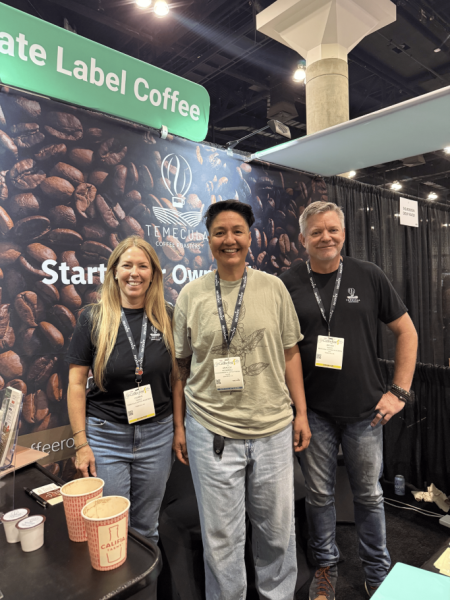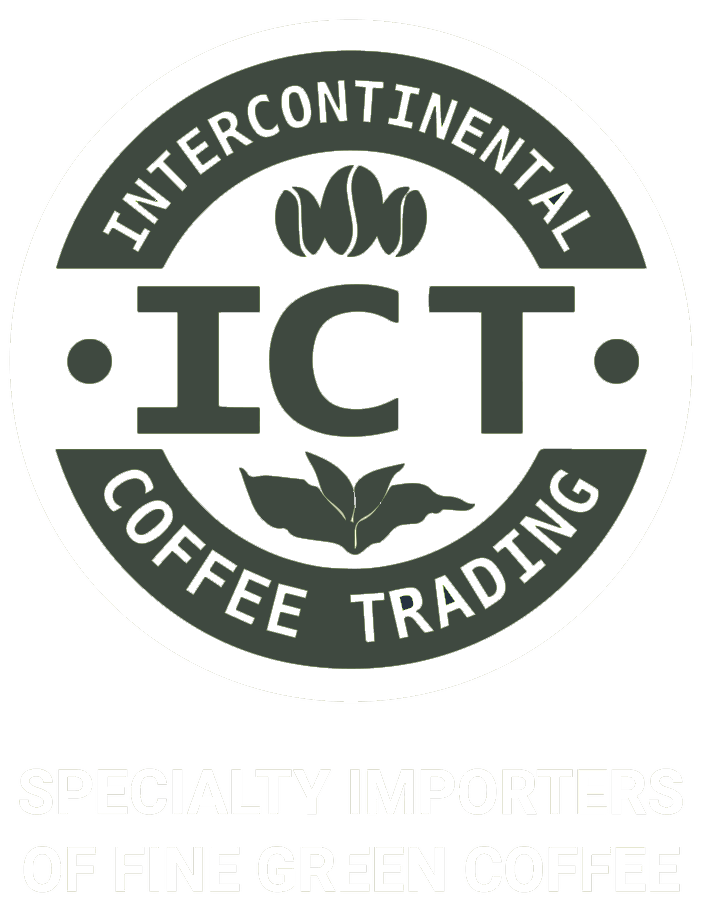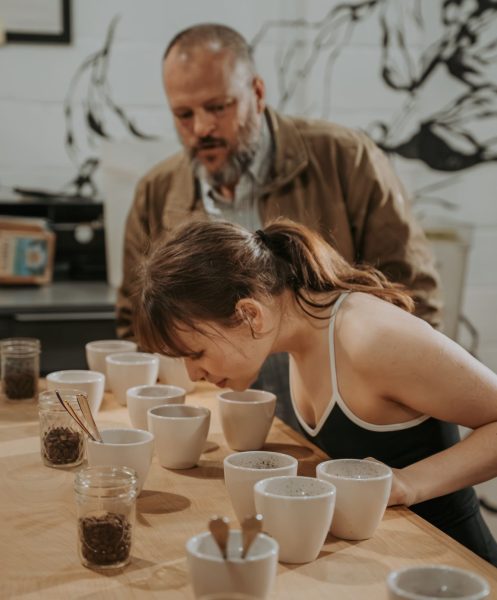
In specialty coffee, education is one of the most valuable investments a roaster can make. When customers understand the craft behind their cup, they become more loyal, more adventurous, and more willing to pay for quality. An effective education program is not just about teaching customers facts. It is about building a deeper relationship that positions your roasting business as a trusted authority and partner in their coffee journey.
Why Education Matters
For many consumers, coffee is an everyday habit. They know what they like, but they often do not know why they like it. They may not understand how elevation influences acidity or why a washed Colombia tastes different from a natural Ethiopia. When roasters take the time to explain these differences, they add value to every transaction.
Education also builds loyalty. Customers who understand origin, processing, and quality are less likely to view coffee as a commodity that can be swapped for a cheaper option. Instead, they see themselves as part of a story and community that values craftsmanship, transparency, and sustainability.
Key Elements of a Customer Education Program
1. Cuppings and Guided Tastings
Cuppings are the foundation of coffee education. They give customers a structured way to experience differences between coffees and learn the language of flavor. A good customer cupping should:
- Be approachable: Avoid jargon at first. Use descriptive words like “juicy,” “chocolatey,” or “bright” rather than “high malic acidity.”
- Be comparative: Show a washed Ethiopia next to a natural Ethiopia, or a high-altitude Guatemala next to a lower-grown Brazil. The contrast is what teaches.
- Be interactive: Encourage customers to describe what they taste. Let them know there are no wrong answers.
For roasters, customer cuppings also serve as low-pressure opportunities to introduce seasonal offerings and increase retail sales.
2. Brew Classes and Hands-On Workshops
Teaching customers how to brew at home builds confidence and deeper appreciation. Popular options include:
- Pour-over workshops: Show how grind size, water temperature, and brew ratio affect extraction.
- Espresso basics: Explain what makes espresso unique and why dialing in matters.
- Latte art classes: These are fun, approachable, and highly shareable on social media.
Workshops do not just teach skills. They highlight the effort and precision that go into every step of specialty coffee. Customers walk away more likely to invest in better beans and equipment because they understand how these variables affect flavor.
3. Storytelling at the Point of Sale
Education should not only happen in classes. Customers also learn through packaging, menus, websites, and social media. Consider:
- Bag labels that go beyond listing origins.
- Menu boards that highlight producer stories.
- Website or QR codes that link to more detailed farm profiles and sourcing information.
The goal is not to overwhelm but to provide a bridge between the farmer’s work and the customer’s experience.
4. Digital Education Channels
Not every customer will attend an event in person. Digital channels let you extend education to a wider audience.
- Blog posts and newsletters: Share insights into harvest seasons, sustainability efforts, or certifications.
- Short-form video: Quick brew tips, flavor comparisons, or origin explainers can thrive on platforms like Instagram or TikTok.
- Email campaigns: Use storytelling to highlight new arrivals and explain why they are special.
Digital content also allows you to stay top of mind and continue the education long after a customer leaves.
5. Partnering with Importers
Importers are a valuable, and often underused, educational partner. They provide farm-level details, certification information, and technical resources that can be translated into customer-facing materials. Importers also offer perspective on market trends and harvest cycles that roasters can use to educate customers about why prices shift or why certain coffees are seasonal.
At ICT, for example, we equip roasters with information sheets, producer stories, and updates from origin that can be repurposed into classes, menus, or newsletters.
Designing for Your Audience
Every roasting business has a different customer base. A downtown shop with a younger crowd might focus on approachable classes and latte art throwdowns. A wholesale roaster serving offices and restaurants might prioritize training materials that staff can use to educate end customers. The most successful education programs are tailored to audience needs rather than built as one-size-fits-all.
Consider surveying your customers to find out what they are most interested in learning. Are they curious about home brewing? Do they want to know more about sustainability certifications? Or are they interested in the economics of coffee? Meeting customers where they are ensures education feels relevant and engaging.
ICT Coffee’s Role in Your Education Program
At ICT, we see education as part of the supply chain. The more customers understand coffee, the stronger the market becomes for producers, roasters, and importers alike. We provide resources that roasters can adapt for their own programs, including farm-level stories, certification explanations, and insights into harvest and shipping cycles.
Whether you are designing a cupping series for customers, launching a blog, or training wholesale accounts, our team can help provide the context and tools you need to make education both engaging and accurate.

